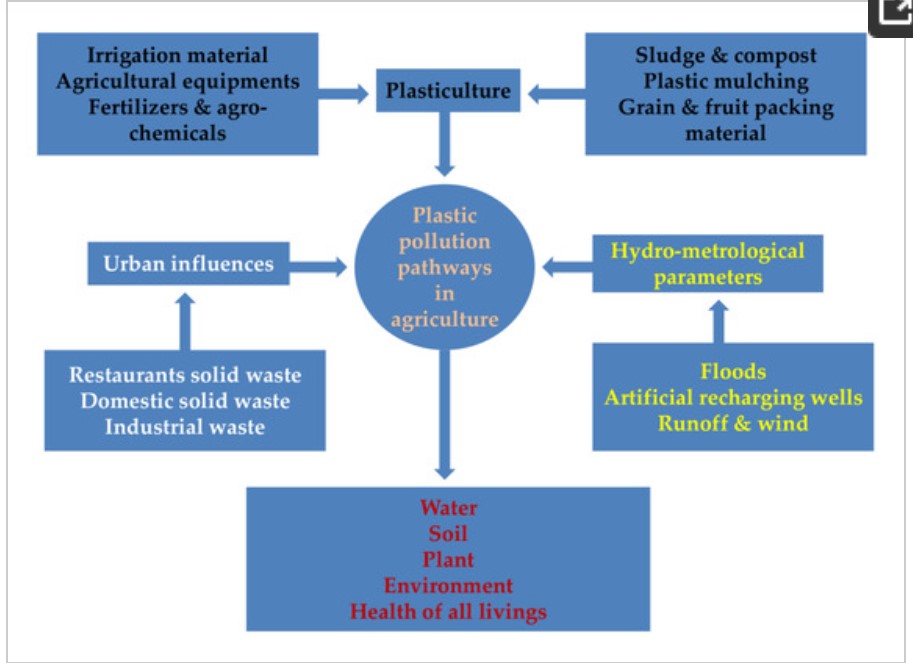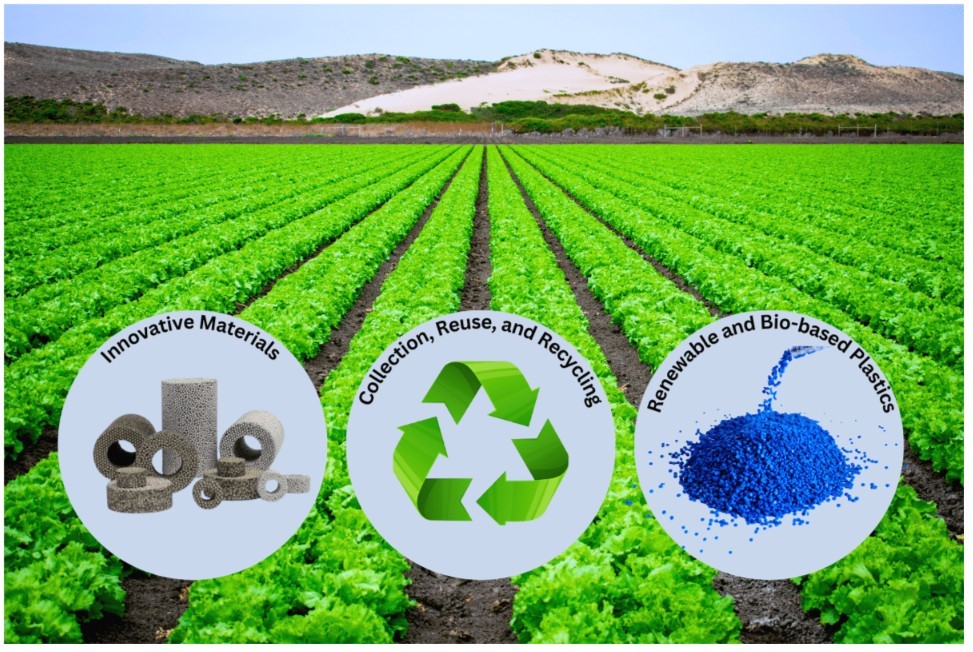7667766266
enquiry@shankarias.in
Mains: GS III – Environment pollution and degradation
Recently, there has been a considerable increase of plastic sediments in the agricultural soil across Asia.


|
Plastic Production and Pollution |
|